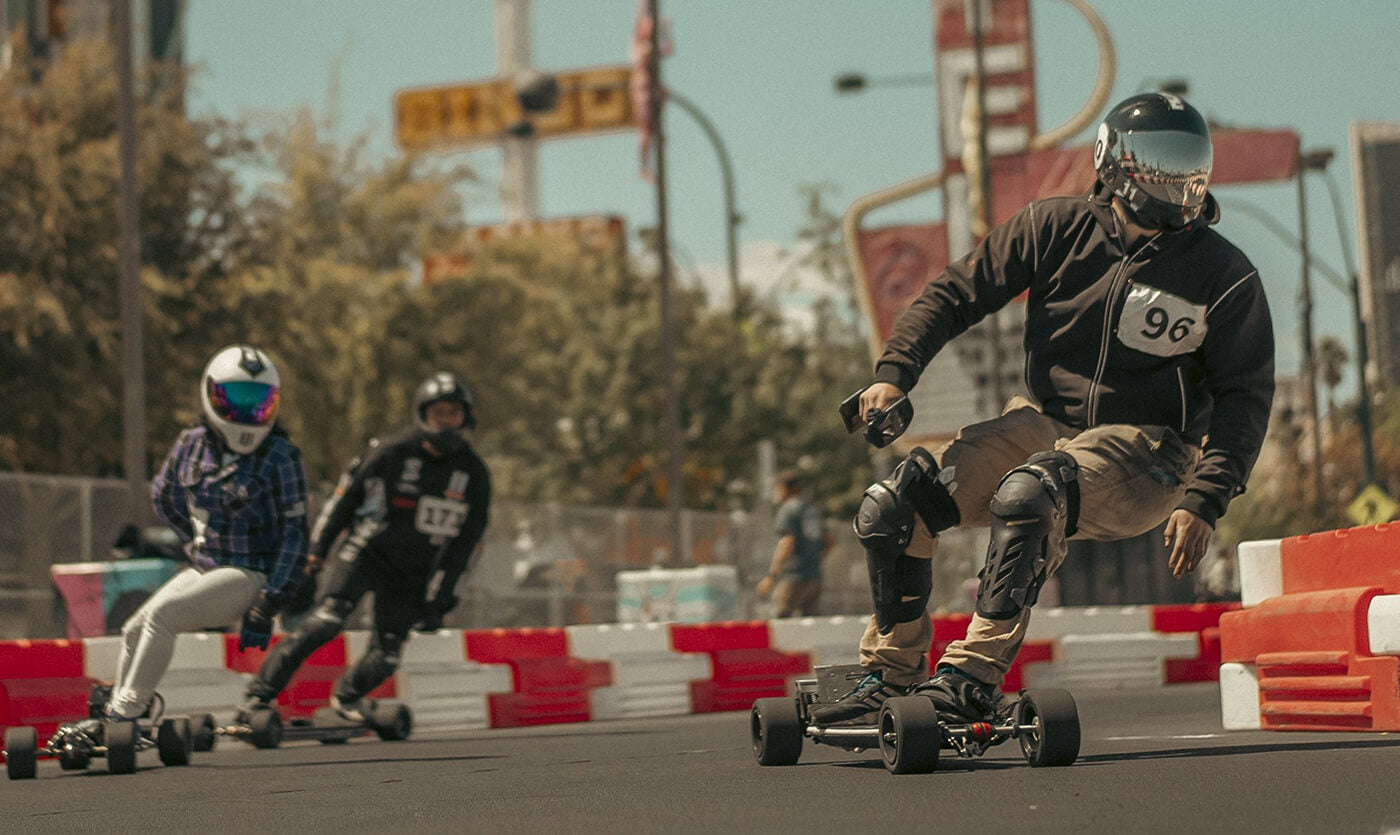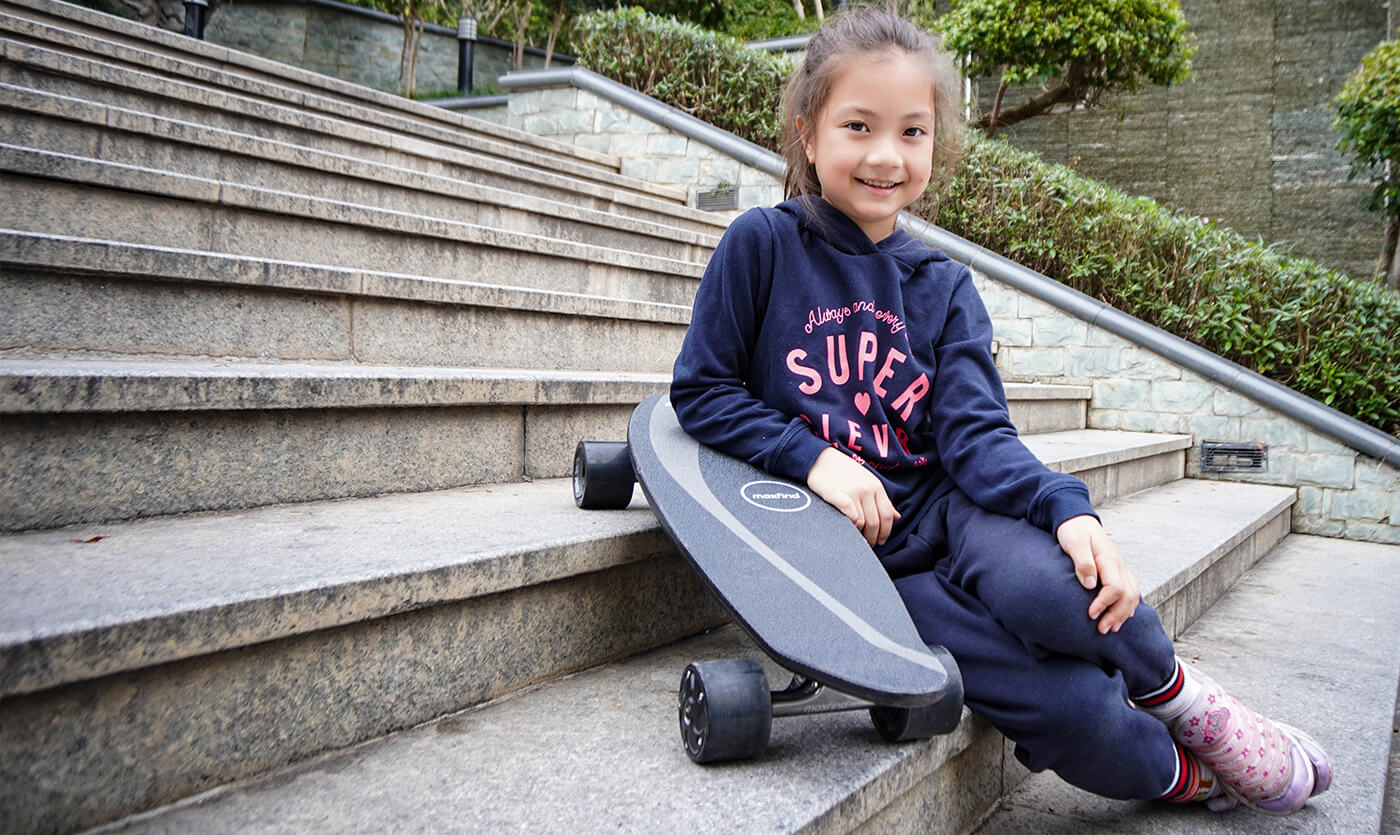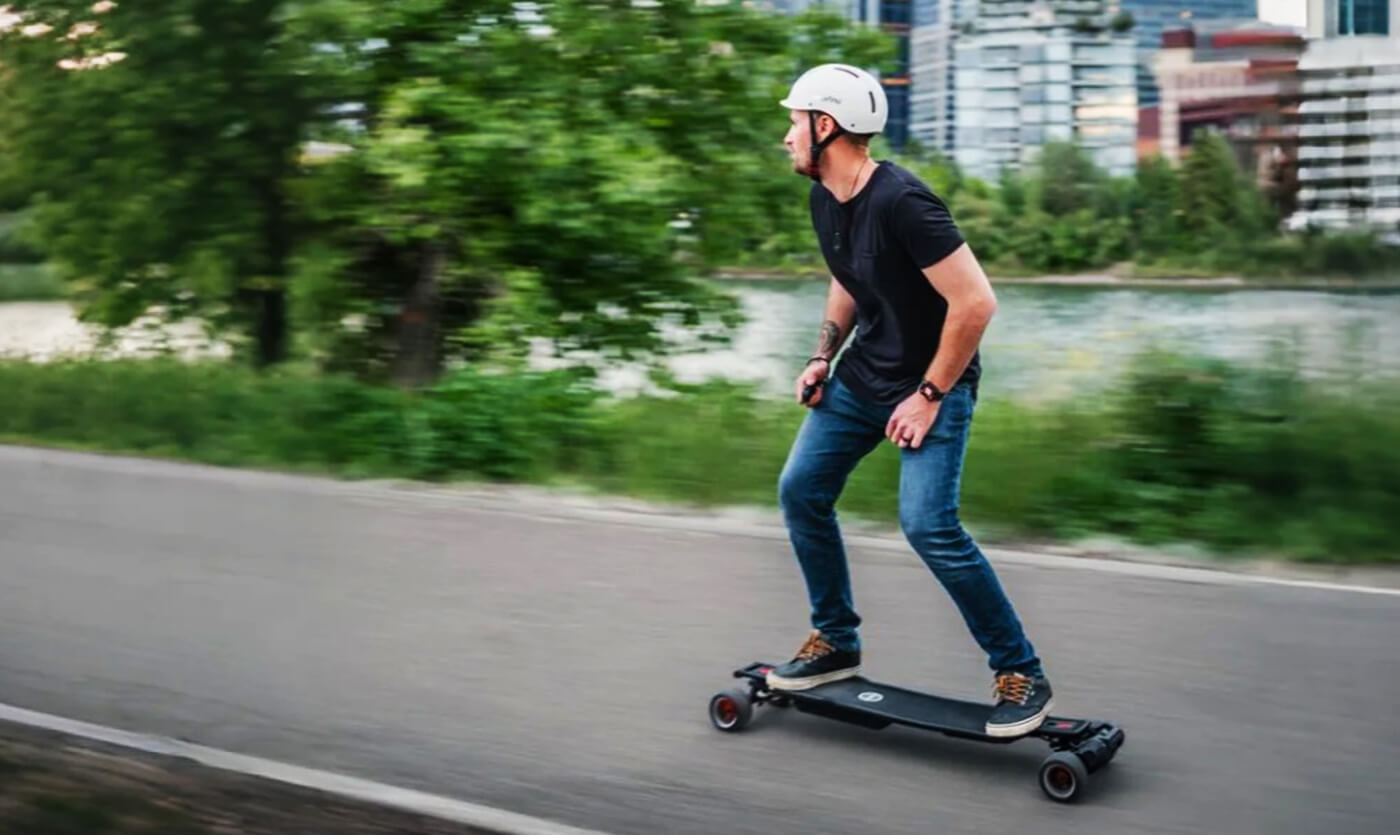Skateboarding made its Olympic debut at the Tokyo 2020 Summer Olympics, marking a pivotal moment in the sport's journey from street culture to global recognition. After years of debate and proposal, skateboarding was officially added to the Olympics in 2016, joining other urban sports like surfing and sport climbing.
This article explores how skateboarding made its way into the Olympics, detailing the key steps, cultural shifts, and global impact that led to this historic inclusion. Read on to discover the fascinating journey of skateboarding in the Olympic Games.

The History of Skateboarding: From Streets to Sports
Origins of Skateboarding: The California Beginnings
Skateboarding started in the 1950s when surfers in California, looking for ways to practice their moves on land, invented the skateboard. Early boards were crude, but the sport quickly evolved into a mainstream activity. By the 1970s, skateboarding competitions were emerging, and the sport began to develop a professional structure.
Rise to Global Popularity
As skateboarding grew, so did its global appeal. In the 1980s and 1990s, professional skateboarders gained worldwide fame, and competitions like the X Games gave skateboarding its international stage. The sport found a strong following among youth culture, particularly in urban areas. Skateboarding became synonymous with freedom, creativity, and rebellion.
Key Milestones That Led to the Olympics
Skateboarding’s journey to the Olympics was shaped by various milestones:
-
Formation of Global Federations: The establishment of organizations like the World Skate Federation created a more structured and global approach to skateboarding.
-
X Games and Professional Skateboarding: Events like the X Games turned skateboarding into a competitive sport with a professional framework, attracting media attention and sponsorships.
- Increased Popularity and Cultural Relevance: Skateboarding became embedded in youth culture and mainstream media, making it an attractive sport for the Olympics, which was looking to diversify its offerings.

The Olympic Selection Process: How Skateboarding Made It
Understanding the Olympic Selection Process
The process by which a sport enters the Olympics is rigorous. Skateboarding, like other sports, had to meet several criteria laid out by the International Olympic Committee (IOC). These included:
-
Global Popularity: Skateboarding had to prove it had a worldwide following.
-
Youth Appeal: One of the main reasons skateboarding was included was its appeal to younger generations, an important demographic the Olympics wanted to engage.
-
Sustainability: The sport had to show that it could be maintained and organized globally.
Skateboarding’s inclusion was part of the IOC’s strategy to modernize the Olympics by adding more youth-oriented, urban sports like surfing and climbing. Skateboarding met all the necessary criteria through the global reach of the World Skate Federation and its rising recognition.
The Role of World Skate Federation
World Skate played a crucial role in advocating for skateboarding’s inclusion. They worked closely with the IOC to organize global competitions, like the World Skateboarding Championships, which demonstrated the competitive nature of the sport and its ability to fit within the Olympic framework.

Skateboarding’s Olympic Debut: The 2020 Tokyo Games
Why 2020 Was the Right Time
Skateboarding made its Olympic debut at the 2020 Tokyo Summer Olympics, marking a historic moment. The decision was influenced by several factors:
-
The growing global popularity of skateboarding.
-
The IOC’s desire to attract younger, more diverse audiences.
-
The success of skateboarding in professional competitions like the X Games and the street league.
This wasn’t a spontaneous decision; it was the result of years of skateboarding’s professional evolution and cultural relevance.
The Format of Skateboarding Events in the Olympics
Olympic skateboarding events are divided into two categories:
-
Street Skateboarding: In this event, skateboarders navigate a course featuring stair sets, railings, and ledges, replicating a street-style setup.
-
Park Skateboarding: This event takes place in a bowl or ramp, and skateboarders are judged based on their creativity, speed, and technical skill.
Skateboarders are scored by a panel of judges, and the judging criteria focus on technical execution, style, and difficulty of tricks. This format is designed to highlight the skill and creativity of each athlete.
Common Questions About Skateboarding in the Olympics
Will Skateboarding Stay in the Olympics?
Yes, skateboarding is expected to stay in the Olympics. It received a warm reception during its debut in 2020, and given its popularity among younger generations, it’s likely to remain a part of the Games for the foreseeable future.
How Are Skateboarding Athletes Chosen for the Olympics?
Skateboarding athletes qualify through a series of international competitions. Their performance in events like the World Skate Championships, Street League Skateboarding, and other qualifying tournaments determines who earns a spot in the Olympics.
Cultural Impact: How Skateboarding Changes Youth Culture
Skateboarding as a Cultural Phenomenon
Skateboarding’s inclusion in the Olympics wasn’t just a sporting milestone; it was a cultural one. Skateboarding has always been about self-expression, creativity, and individuality. With its Olympic debut, skateboarding’s reputation as a rebellious subculture began to shift into one of global recognition and respect.
The Olympics opened skateboarding to new communities and influenced how youth around the world perceive the sport. As a result, skateboarding programs for youth are becoming more widespread, particularly in regions where the sport had once been less popular.
Youth Engagement Through the Olympics
The Olympics acted as a global stage for skateboarders, inspiring countless young people to pick up a skateboard and dream of competing at the highest level. This is likely to have a lasting effect on both skateboarding’s growth and the broader sports landscape.

The Future of Skateboarding in the Olympics
What’s Next for Olympic Skateboarding?
As skateboarding continues to evolve, one area gaining significant traction is electric skateboarding. With advancements in technology, electric skateboards are becoming a popular choice among riders who enjoy a faster, smoother experience on the streets or in competitions. For example, the Maxfind electric skateboard is a great option for those looking for a high-performance electric skateboard that blends cutting-edge tech with skateboarding culture.
Maxfind offers a range of electric skateboards designed for different riding styles, from commuting to performance riding. The Maxfind electric skateboard combines durability with innovation, making it a top choice for riders worldwide. You can explore their collection and find the perfect match for your skateboarding needs on their official website.
How Aspiring Skateboarders Can Prepare
Aspiring skateboarders who want to compete in the Olympics should focus on building their skills in both street and park skateboarding. Additionally, staying updated on qualifying events and understanding the judging criteria will be essential for anyone looking to take their skills to the Olympic stage.
Conclusion: Skateboarding’s Olympic Legacy
Skateboarding’s inclusion in the Olympics was a long-awaited and well-deserved recognition of the sport’s global appeal and competitive nature. From humble beginnings in California to becoming a global phenomenon, skateboarding’s Olympic journey is a testament to the power of passion, culture, and athleticism.
Whether you’re a skateboarder, a sports fan, or just someone interested in how new sports make it to the Olympics, skateboarding’s story offers valuable insights into the future of sports and youth culture. As skateboarding continues to thrive and grow, its legacy in the Olympics will likely inspire future generations to skate, compete, and dream big.






Share:
Is An Electric Skateboard Hard To Learn? A Beginner's Guide
Breaking Down the Costs of Electric Scooters for Adults